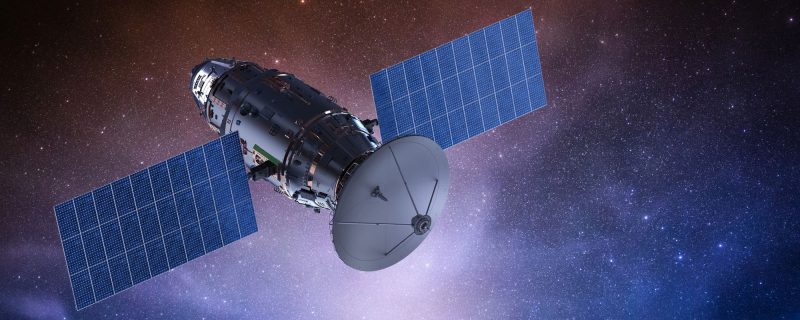NASA, Elon Musk’s SpaceX, the Soviet Union, and all the other major space exploration players know the bitter truth. The most taxing factor of space exploration missions is definitely the cost. Financially speaking, space travel, with its special equipment, vehicles, and technology costs billions of dollars per year. After all, just leaving the Earth’s orbit intact takes tremendous rocket thrust, along with millions of dollars worth of engineering.
Recently, NASA exemplified this “no matter what the cost” attitude by signing off on a new project. A new technology lab, costing a whopping $4 million to construct, gained the green light. This lab, when fully operational, should eventually pay itself off in savings as it helps to better research and manufacture space travel materials.
Every launch into space comes with huge risks and, often, serious losses can happen
NASA itself admits its track record is far from spotless. Just look at the doomed Apollo 13 mission, that narrowly escaped astronaut casualties. And even the Soviet attempts, back in the day, resulted in the casualty of Laika the dog. Even considering the broad advances we have made in terms of safety and technology, accidents still happen.
Between the initial takeoff, to the upwards descent through the Earth’s atmosphere, risk levels remain elevated. Even a successful landing on the Moon or the ISS (International Space Station) is usually deemed a success.
However, the actual sheer number of accidents seems even more sobering. NASA themselves admit that as many as a quarter of the smaller-scale satellite missions end in failure. Imagine then, if you worked for NASA’s budget-management team, that every failure cost you several millions of dollars. A better alternative, that could reduce risks and costs, would quickly become imperative.
The new lab means that NASA should gain a better chance at studying and creating the best materials needed
The Deployable Structures Lab (DeSel), as it was officially named, aims to streamline the manufacturing of better materials. Whether used to line the inside of an astronaut’s spacesuit, or to reduce drag on a shuttle’s wings, all prove vital. In addition, the new environment provides a better way to research alternative materials as possible candidates.
The long-term goals of DeSel engineers include the increased efficiency of satellite launches. At present, the only way to get one in the proper orbit is after excruciatingly-tense long hours of constant supervision. In addition, the bulky frames mean that most become prone to breaking up into fragments before accomplishing the mission. So, it follows that the aims would entail building smaller, yet still just as functional bodies. Hopefully, these would enter orbit more easily, and faceless risk of fragmentation.

Another exciting project involving solar energy could benefit from testing in this new lab
The other possible benefit this lab brings includes the advancement of other long-running projects. For instance, the ‘Space Solar Power Incremental Demonstration and Research Project’, or SSPIDR, seeks to use this lab for research and development. The name might be a mouthful, but the mission is still simple. The aim, in a bid to reduce dependency on fossil fuels, is to transmit harvested solar energy back to bases.
So, all in all, the new lab may end up paying dividends from all the money saved from the advancements save.
In other space-related news, Elon Musk’s new Starlink became the first space satellite WiFi provider. Click here to see what that means for the future of broadband.


